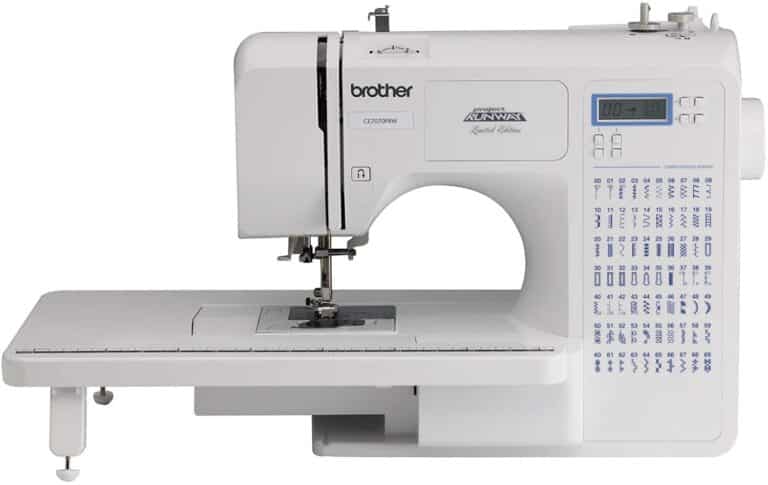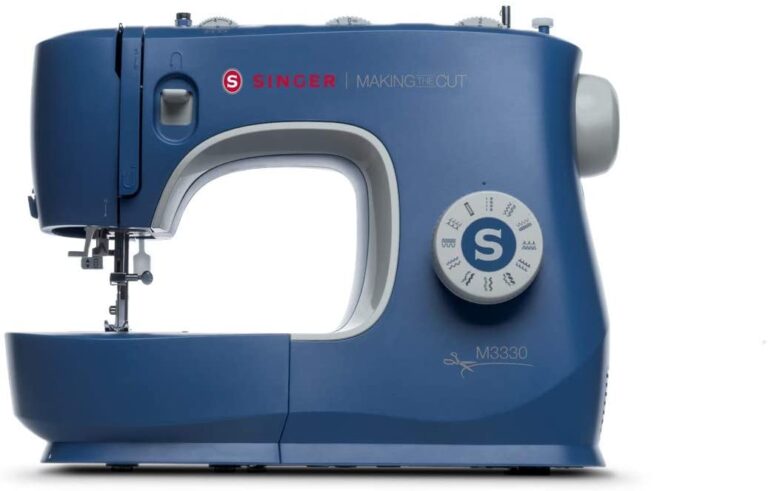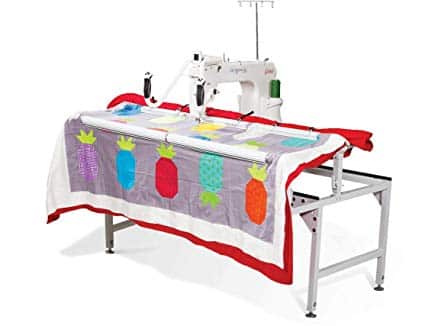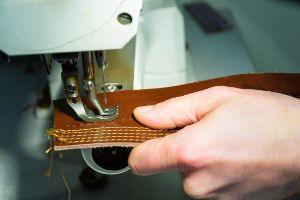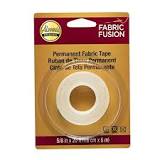Cashgora Fabric: History, Properties, Uses, Care, Where to Buy
People have mostly heard about the softness of Cashmere and Angora’s curliness and fluffiness, but what if one gets both qualities in a single fabric? Yes, with the growing innovations in technology, this has become possible, and the resulting fabric is Cashgora.
The Cashgora has guard hairs lesser than those in the Cashmere fabric, while it has the combined qualities of both the Cashmere and Angor Fabric. Just like linen, this fabric is also great for dying. The surprising fact about this fabric is that it can be made only from some specific Cashgora goats depending on their breed. This makes these fabrics comparatively rare.
Table of Contents
History of Cashgora
Since Cashgora is the blend between Cashmere and Angora, its history also relates to these two fabrics’ history. The name Cashgora is the combination of “Cash” from Cashmere and “Gora” from Angora.
This fabric was introduced in the 16th century after the introduction of Cashmere fabric by the Kashmiri craftsmen. Within just a few decades, it became one of the most used fabrics for winter clothing due to its warm and soft texture.
Properties of Cashgora
Cashgora is one of the rare and expensive fabrics. It has the properties of both Cashmere and Angora, which are described below:
Lightweight
Since Cashgora is made of lightweight wool, this fabric is extremely light. However, the lightweight does not mean it is not warm enough; despite lightweight, this fabric is very warm, making it the best suit for winter clothing.
Colors
Like Cashmere, this fabric is also made of natural wool. This means that originally, it can be found only in three colors, i.e., black, white, and brown. However, later it can be dyed in any color suitable for the right clothing and manufacturer’s choice.
Durable
The unique texture of Cashgora makes it one of the most durable fabrics and makes it highly resistant to normal wear and tear. However, despite being durable, it cannot resist hard and rough wear. To maintain its durability, this fabric should be used with great care.
Softness and Fineness
Despite being made from rough wool, the special process of making this fabric makes it extremely soft and fine. This fabric often comes free of skin scraps, coarse hair, oil, and other contents. However, some of these fabrics may also be rigid and might have some stiff hairs mixed into it if it is not milled well. So, the texture of Cashgora highly depends on its fiber processing and individual goat’s fiber quality.
Common Uses for Cashgora
Some applications of the Cashgora fabric are as follow:
Clothing
The properties of Cashmere and Angora makes these fabrics perfect for clothing purposes. That’s why this fabric is widely used in the fashion and textile industry for clothing purposes.
Since it is made of wool, which is warm in itself, the Cashgora is most suitable for winter clothing, just like clothes made of fur and other warm fabrics.
Scarves and Shawls
Moreover, Cashgora is also used for making scarves and shawls. These fabrics’ softness and lightweight make them the most suitable fabric for making shawls and scarves, just like those made of Angora and Cashmere.
Caring for Cashgora
This is a sensitive fabric and should be washed with care like the lace fabric. The Cashgora should be hand cleaned using a good quality detergent in lukewarm or cool water when passed in homes. While drying, do not put it under direct sunlight as it might damage the fabric.
Where to buy Cashgora Fabric
We recommend buying Cashgora fabric at Fabric.com.


